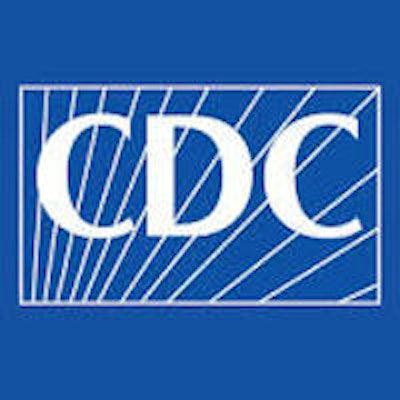
Fewer women in the U.S. are dying from breast cancer, but there is a disparity in death rates between black and white women, according to a report released October 14 from the U.S. Centers for Disease Control and Prevention (CDC). The report credits better education about breast screening and treatment among the reasons for the decline.
The average annual percentage change in breast cancer death rates declined 1.9% for white women from 2000 to 2014, compared with a decline of 1.5% for black women. For women younger than age 50, the breast cancer death rate declined at the same rate. The numbers were released in the CDC's Morbidity and Mortality Weekly Report (October 14, 2016, Vol. 65:40, pp. 1093-1098).
The biggest different in mortality rates between blacks and whites was for women in their 60s: Breast cancer death rates dropped by 2% per year among white women in this age segment, but only 1% per year for black women.
The report notes that from 2009 to 2013, an average of 221,258 cases of breast cancer were diagnosed each year, with an average mortality rate of 21.2% from 41,030 deaths a year from 2010 to 2014.
The report attributed the decline in mortality to "improved education about the importance of appropriate breast cancer screening and treatment" and women having better access to "personalized and cutting-edge treatment."
The gap in mortality rates between black and white women could be addressed by better follow-up of abnormal screening tests and treatment for black women. Long-term trends in breast cancer incidence among black women have shown improvement, and, as a result, black women had incidence rates equivalent to those of white women in 2013.
The report said that the rising incidence among black women could be due to a screening effect from the use of mammography, and rising obesity among black women also could play a role. Among white women, much of the decline in incidence is believed to be due to the decline in the use of hormone replacement therapy in postmenopausal women.
"This report illustrates that the disparity in breast cancer mortality is stable, with comparable declines in death rates among younger black and white women," the report authors noted. "Previous studies have indicated that similar use of mammography screening among black and white women has led to more cancers being diagnosed at an early stage and more appropriate treatment of aggressive cancers in young black women."



















